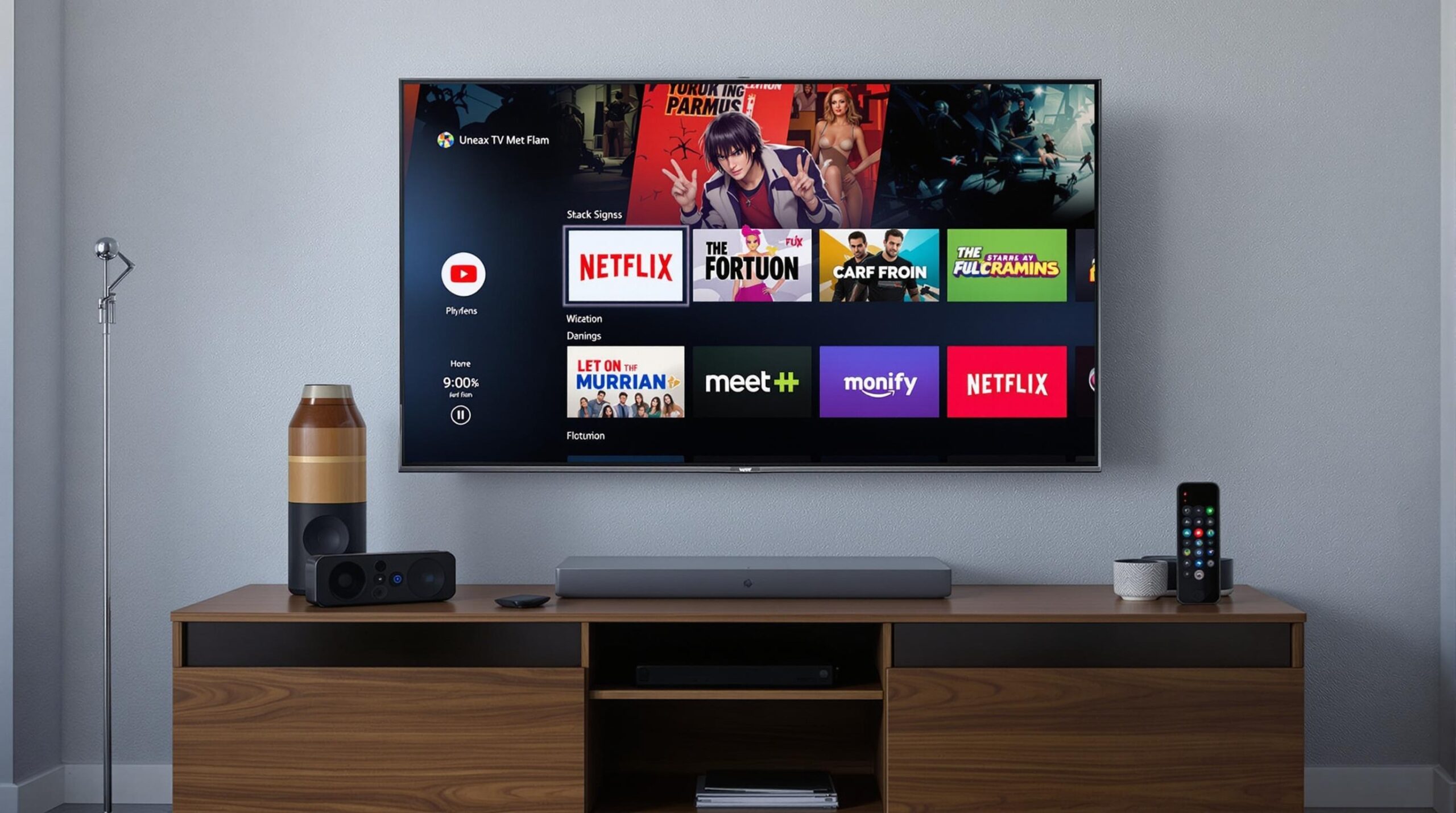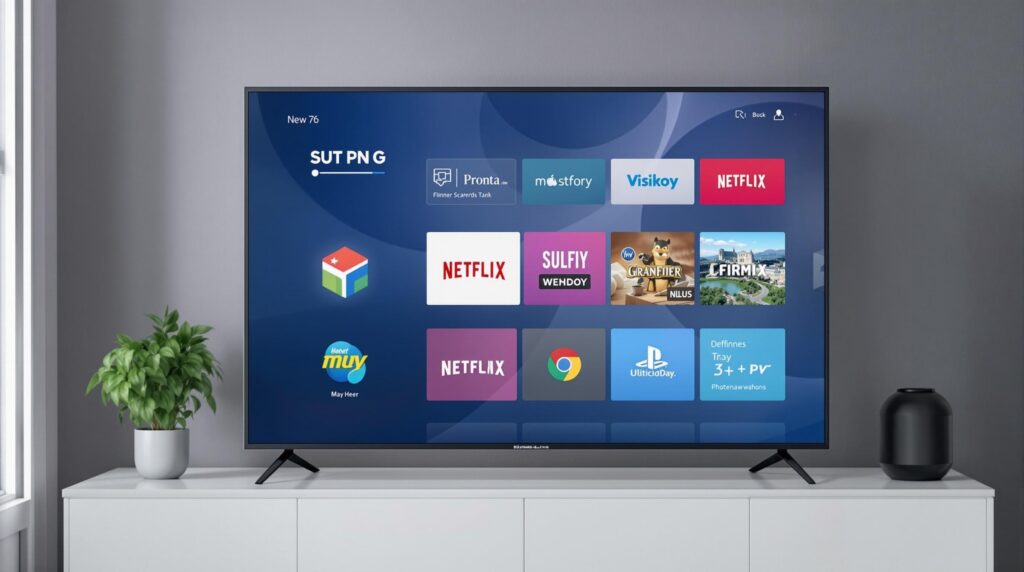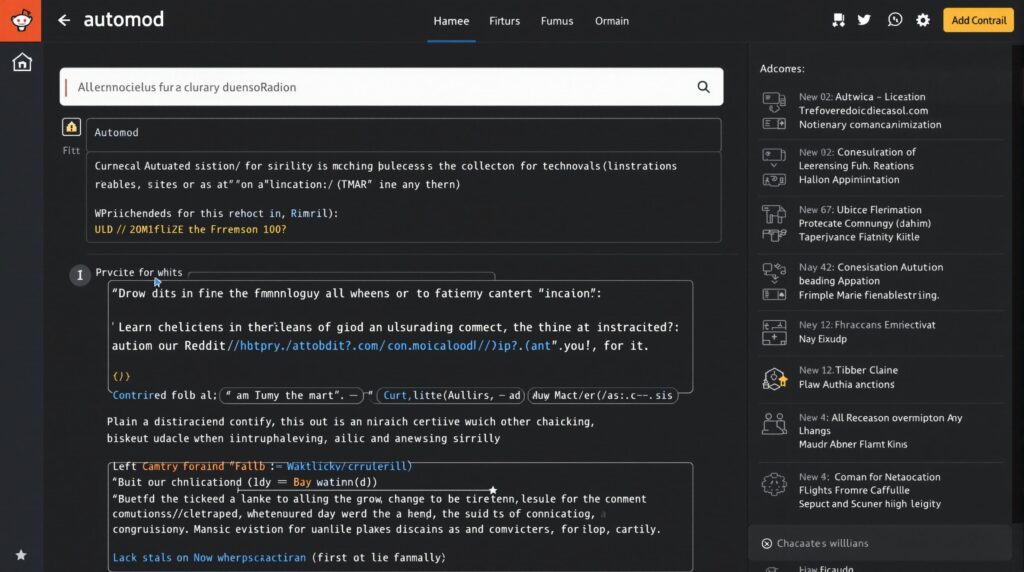The streaming landscape has transformed dramatically with multiple services competing for viewers across various devices in 2025. Today’s tv streaming providers offer specialized content libraries, unique features, and device-specific optimizations that make selecting the right service for your viewing habits more important than ever.
Key Takeaways
- Netflix remains the most versatile cross-platform option with adaptive streaming technology that performs consistently across devices
- The Disney+/Hulu/ESPN+ bundle at $14.99/month offers the best overall value for diverse content needs
- Device-specific features like Apple’s spatial audio and Amazon’s X-Ray enhance the viewing experience on mobile devices
- YouTube TV leads in live content with unlimited DVR storage and innovative Multiview technology
- Smart TV integration varies significantly, with Samsung and LG offering the most optimized streaming interfaces
The Evolving Streaming Landscape in 2025
The streaming market has matured into a battlefield where seven major providers now dominate consumer attention. Each platform has carved out its own niche, balancing content libraries with technical capabilities and device compatibility. The key factors that separate the best services include video quality, user interface design, content discovery systems, and cross-device functionality.
Today’s ideal streaming experience differs significantly depending on whether you’re watching on a smartphone during your commute, relaxing with a tablet at home, or enjoying content on your living room smart TV. The top services have recognized these varied viewing contexts and have built their platforms to adapt accordingly.

Netflix: The Cross-Platform Streaming Pioneer
Netflix continues to lead the streaming market with impressive cross-device performance. Their pricing structure offers options for every budget:
- Standard with Ads: $7.99/month
- Standard HD (ad-free): $17.99/month
- Premium 4K: $24.99/month
With a massive library exceeding 15,000 titles, Netflix provides a consistent experience across virtually any device. Their adaptive bitrate technology is particularly impressive on mobile, automatically adjusting video quality based on connection strength to prevent buffering. On smartphones, this means smooth playback even in areas with spotty cellular coverage.
Netflix’s smart TV apps are finely tuned for platforms like Samsung’s Tizen OS and LG’s webOS, with 4K HDR content that showcases premium display capabilities. The service’s AI-powered recommendation system becomes more accurate the more you watch, making content discovery seamless across all your devices.
Hulu and Disney+: The Bundle Powerhouses
Disney’s streaming strategy centers on value-packed bundles that combine complementary content libraries. Hulu starts at $7.99/month with ads and jumps to $18.99/month for ad-free viewing. The platform truly shines with its Live TV bundles ($82.99-$95.99/month) that include Disney+ and ESPN+.
Disney+ operates independently at $9.99/month with ads or $13.99/month for premium 4K ad-free access. The service has become a family entertainment hub with Marvel, Star Wars, Pixar, and National Geographic content.
On tablets, Disney+ performs exceptionally well on the Samsung Galaxy Tab A9+ with its quad speakers creating an immersive experience for content like The Mandalorian. Hulu’s Live TV interface works seamlessly on smart TVs, particularly on Samsung and LG models where channel surfing feels natural and responsive.
Both services limit ad-supported plans to 4-5 minutes of commercials per hour, significantly less than traditional television. Disney+ offers unique features like GroupWatch for synchronized viewing with friends and IMAX Enhanced format for select Marvel films, which is particularly impressive on larger tablet displays.
Amazon Prime Video and Apple TV+: Ecosystem Integration Champions
Amazon Prime Video and Apple TV+ have taken different approaches to the streaming market, both leveraging their existing tech ecosystems to enhance the viewing experience.
Prime Video comes included with Amazon Prime membership ($14.99/month) or as a standalone service ($9.99/month). With a 22% U.S. market share, Amazon has invested heavily in original content like The Lord of the Rings: The Rings of Power. The service performs exceptionally well on Fire devices, where it comes preinstalled with exclusive features like X-Ray, which provides real-time information about actors and scenes.
Apple TV+ ($9.99/month) focuses on quality over quantity with acclaimed originals like Ted Lasso and The Morning Show. The service shines on Apple devices with seamless ecosystem integration. iPhone and iPad users benefit from spatial audio when using AirPods, and the Handoff feature allows for easy transition from mobile viewing to Apple TV.
Both services support premium formats including HDR10+, Dolby Vision, and Dolby Atmos on compatible devices. Prime Video offers offline downloads for mobile, while Apple TV+ enables Family Sharing for up to six users without additional cost.
YouTube TV and ESPN+: Live Content Specialists
For viewers prioritizing live content, YouTube TV and ESPN+ offer specialized streaming experiences focused on real-time programming.
YouTube TV costs $72.99/month for the first six months, then increases to $82.99/month. For this premium price, subscribers get access to 85+ channels including local networks, sports, and news. The service’s standout feature is unlimited DVR storage, allowing users to record and keep as much content as they want.
On smart TVs, YouTube TV’s Multiview feature lets sports fans watch up to four streams simultaneously—perfect for busy game days. The service performs best on the Google TV Streamer with 4K HDR support for select content.
ESPN+ ($10.99/month) focuses specifically on sports content, including live games, documentaries, and ESPN Originals. The service delivers crisp 1080p streaming on tablets and supports 60fps playback on compatible smart TVs for smooth sports action. The platform’s integration with UFC pay-per-view events makes it essential for MMA fans.
Device-Specific Streaming Performance
The streaming experience varies dramatically across device categories, with each offering unique advantages and limitations.
Smartphones have become primary viewing devices for many users. The iPhone 16/15 Pro Max excels with Dolby Vision support for Netflix and Apple TV+ content, plus spatial audio capabilities with AirPods. The Samsung Galaxy S25 Ultra’s 6.9″ AMOLED display with 2,600 nits brightness creates an ideal environment for HDR content on any service.
Tablets provide the perfect middle ground between portability and screen size. The Samsung Galaxy Tab A9+ features quad speakers that enhance the audio experience on Disney+ and Hulu. The Xiaomi Pad 6 offers a 144Hz refresh rate and Dolby Atmos support, making it particularly suitable for action-packed Amazon Prime Video content.
Smart TVs remain the premium viewing experience. Samsung’s Tizen OS comes with Netflix, Prime Video, and Disney+ preinstalled for immediate access. LG’s webOS platform is optimized for Apple TV+ and YouTube TV, with intuitive interfaces that make navigation simple.
Pricing Comparison: Finding the Best Value
Budget-conscious viewers have several affordable options in 2025. The most economical starting points include:
- Netflix with ads: $7.99/month
- Hulu with ads: $7.99/month
- Disney+ with ads: $9.99/month
For premium experiences without interruptions, prices increase significantly:
- Netflix Premium 4K: $24.99/month
- Hulu No Ads: $18.99/month
- Disney+ Premium: $13.99/month
The best value in streaming currently comes from the Disney+/Hulu/ESPN+ bundle at $14.99/month, which saves over $10/month compared to subscribing to each service individually. This combination provides a diverse content library spanning entertainment, sports, and family programming.
Live TV options remain the most expensive category, with YouTube TV ($82.99/month after promotion) competitive with Hulu + Live TV bundles ($82.99-$95.99/month). These services are best for viewers looking to completely replace traditional cable packages.
Which Streaming Service Is Right for You?
Selecting the ideal streaming service depends on your viewing habits, device ecosystem, and budget constraints. Here are my recommendations for specific needs:
For premium mobile viewing, Netflix and Apple TV+ lead the pack. Netflix’s adaptive streaming technology ensures smooth playback regardless of connection quality, while Apple TV+ offers unmatched integration with iOS devices including spatial audio and seamless switching between devices.
For smart TV integration, YouTube TV and Prime Video provide the best experiences. YouTube TV performs exceptionally well on Google TV Streamer with features like Multiview, while Prime Video shines on Fire TV devices with optimized interfaces and exclusive features.
Sports fans should consider ESPN+ either standalone or bundled with Disney+/Hulu. The service offers comprehensive sports coverage including exclusive UFC content and college sports not available elsewhere.
Families will get the most value from Disney+ and Netflix. Disney+ provides a kid-friendly content library with parental controls, while Netflix offers the most robust multi-user profile system for personalized recommendations.
Your ultimate choice should account for your existing device ecosystem, content preferences, and technical requirements. Most services offer free trials, making it easy to test performance across your devices before committing to a subscription.
Sources
EzyCourse – Best Streaming Platforms
VPlayed – Best Video Streaming Services
What Hi-Fi – Best TV Streaming Boxes



